ECONOMY
Economists see further rate hikes by RBI, industry leaders worry about rising costs
- IBJ Bureau
- Jun 09, 2022
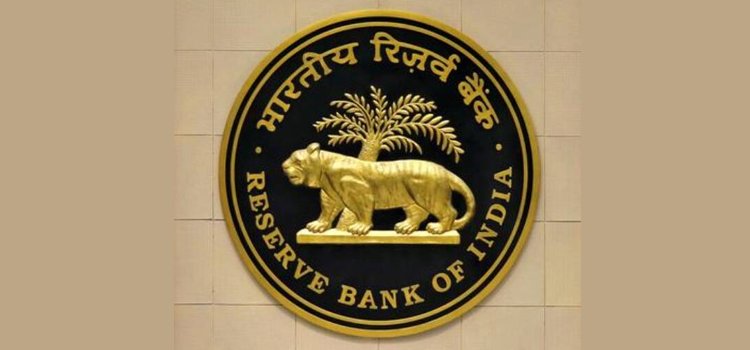
The Reserve Bank of India (RBI) on Wednesday hiked the policy Repo Rate by 50 basis points (bps) to 4.90 per cent. The central bank also raised the inflation projection for the current financial year to 6.7 per cent.
The following are some of the views expressed by industry leaders and economists on the decisions of the RBI’s Monetary Policy Committee (MPC):
Policy rate may go further up by 75 bps by FY23-end: Emkay Global Financial Services
The 50-bps rate hike in policy Repo Rate is in line with our expectations of the RBI remaining front-loaded on rate hikes after un-anchoring markets’ policy expectation in April and May.
The stance continues to be focussed on withdrawal of accommodation. The triple whammy of commodity-price shocks, supply-chain shocks and resilient growth has shifted the reaction function in favour of inflation containment. The reaction function is now evolving with fluid macro-realities. The inflation prints of next two quarters are likely to exceed 7 per cent, which could pressure the RBI into acting sooner rather than later.
FY23 could thus further see rates going up by over 75 bps, with the RBI now showing its intent to keep real rates neutral or above to quickly reach pre-COVID levels.
Our Taylor’s estimate shows a maximum tightening of policy rate by 6 per cent by FY23, of which liquidity tightening to 2 per cent of Net Demand and Time Liabilities (NDTL) is tantamount to another estimated 25 bps of effective rate hike.
However, the front-loaded, rate-hiking cycle does not imply a lengthy tightening cycle, and once they reach the supposed neutral pre-COVID monetary conditions, the bar for further tightening incrementally may be higher amid increasing growth-inflation trade-offs.
Madhavi Arora, Lead Economist, Emkay Global Financial Services
Another 60-85 bps Repo Rate hike likely in FY23: Kotak Mahindra Bank
The 50-bps Repo Rate hike comes on the back of persistence of elevated inflation and continued upside risks. Given that inflation is expected to remain above 6 per cent through Q3 of FY23, the RBI has to front-load actions. We continue to see another 60-85 bps hike during the rest of FY23 to manage inflationary expectations.
Upasna Bhardwaj, Chief Economist, Kotak Mahindra Bank
Repo Rate hike to pinch homebuyers: Knight Frank India
A Repo Rate hike of 50 bps was imminent, given the current inflationary trajectory and geopolitical concerns. Although the government has taken various measures to control domestic inflation, such as food export restriction and cut in Excise Duty, prolonged war and spike in global crude oil price is still worrisome.
From a real estate perspective, home loans are set to get costlier. Banks have already raised interest rate on home loans by 30-40 bps since the earlier Repo Rate hike by the RBI in May, and now, with the Repo Rate cumulatively higher by 90 bps, there will be further increase in interest rate for homebuyers. Rising interest rate, along with elevated property construction cost and product price pressures, could adversely impact real estate buyers’ sentiment. We hope that economic recovery and household income growth will serve as a cushion for sustaining consumer demand in the face of this rate hike. Further, monetary policy tightening by central banks globally and any resolution on the prolonged Russia-Ukraine war will bring price stability.
Shishir Baijal, CMD, Knight Frank India
Withdrawal of accommodative stance disappointing: PHD Chamber of Commerce and Industry
Hard lending from an accommodative policy stance is disappointing as it will have an impact on cost of doing business and production possibilities.
Though the RBI’s decision to raise the Repo Rate by 50 bps to 4.90 per cent is in synchrony with its efforts to tackle persistently heightened inflation, it will impact India’s economic growth due to dampened demand scenario and discouraged consumer and business sentiments.
Any rise in interest rates increases the cost of doing business, which is already high vis-a-vis high raw material cost amid geopolitical distress.
Pradeep Multani, President, PHD Chamber of Commerce and Industry
Big push for digital payments: Worldline India
The RBI’s statement on Developmental and Regulatory Policies has touched upon all critical aspects in online and offline payments space. It is fuelling the growth in digital payments across different consumer segments.
E-Mandates - As consumers’ confidence is growing towards adoption of digital payments, their preference for convenience is increasing as ever. Today’s announcement to enhance the limit of e-mandates on cards for recurring payments from Rs 5,000 to Rs 15,000 is a welcome move as it will not only benefit consumers to set mandates for multiple categories of payments but also include more players from insurance, education and loan sectors.
UPI Linking To Cards - Unified Payments Interface (UPI) is today by far the most popular payment option for consumers online. The RBI has offered an innovative solution to permit linking of credit cards on to the UPI platform to further deepen the reach and usage of UPI, while keeping consumers’ preference at the epicentre. This will not only encourage consumers to continue making payments via UPI but also provide the benefit of short-term credit that credit cards extend.
Payments Infrastructure Development Fund - Concentration on enhancing the digital payment acceptance infrastructure is crucial for growth of the ecosystem. Enhancing the subsidy amount and simplifying the subsidy claim process will encourage more players to set up merchant-acquiring services, like Point of Sale (PoS) System and Quick Response (QR) Code, and this will eventually accelerate the deployment of payment acceptance infrastructure in the targeted geographies.
Ramesh Narasimhan, CEO, Worldline India


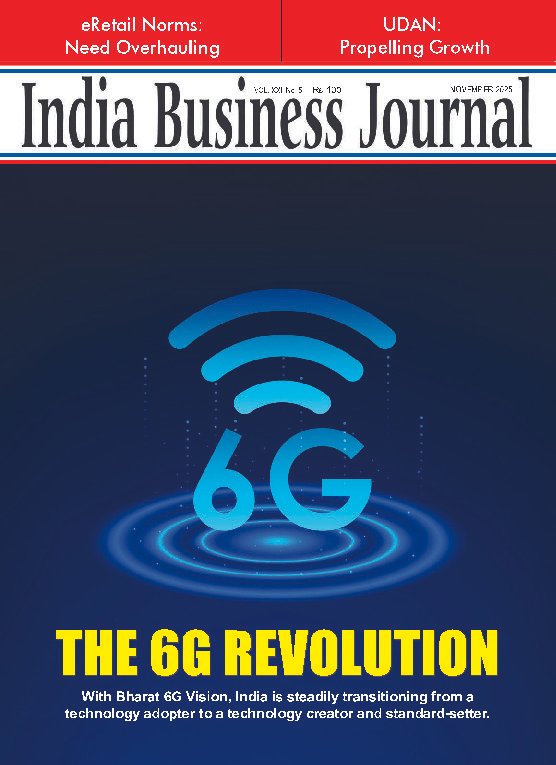
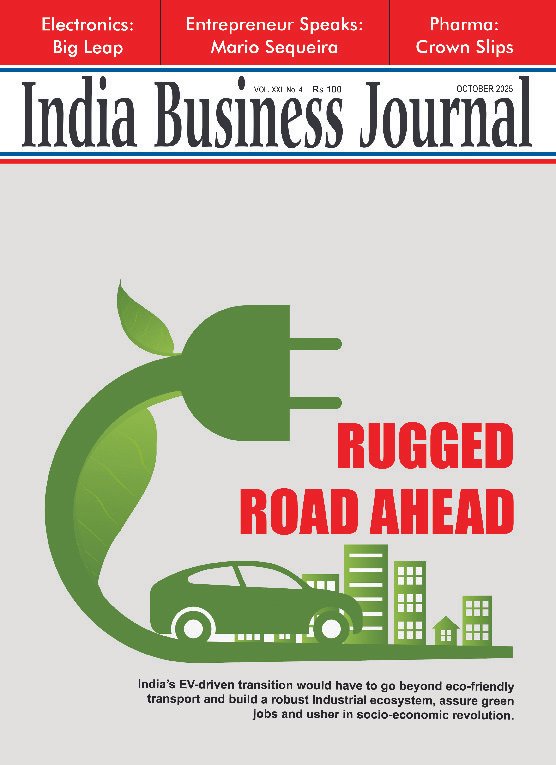
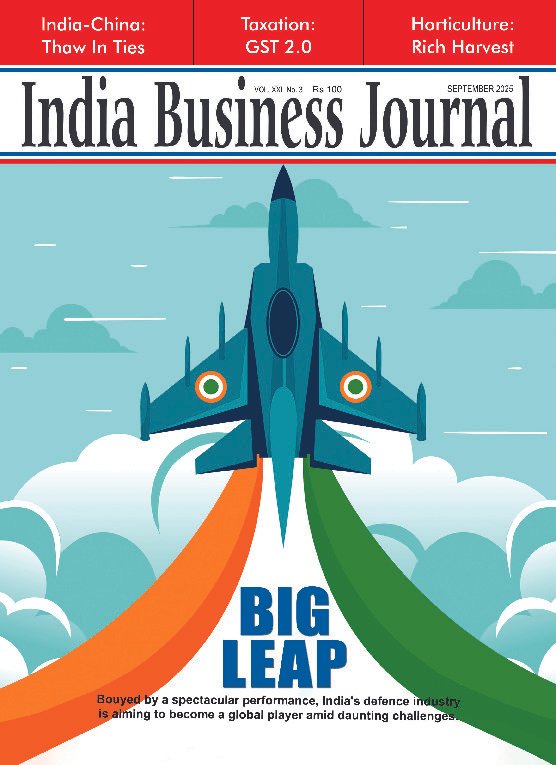
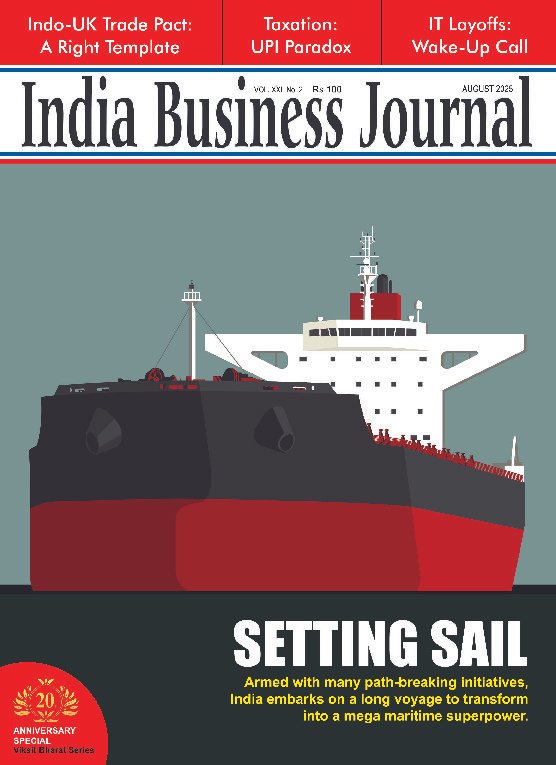





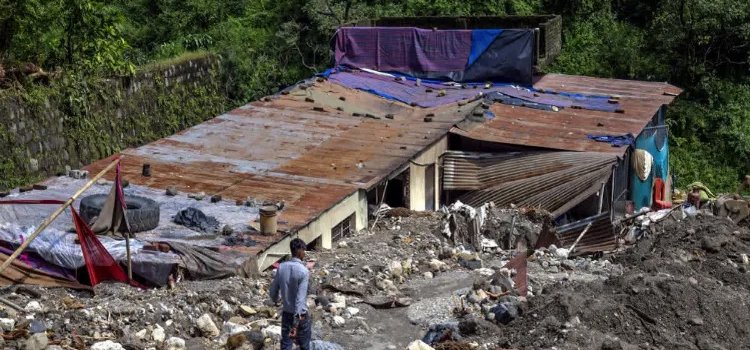



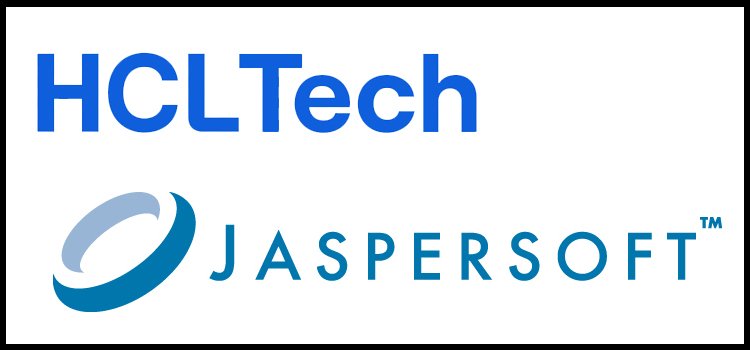




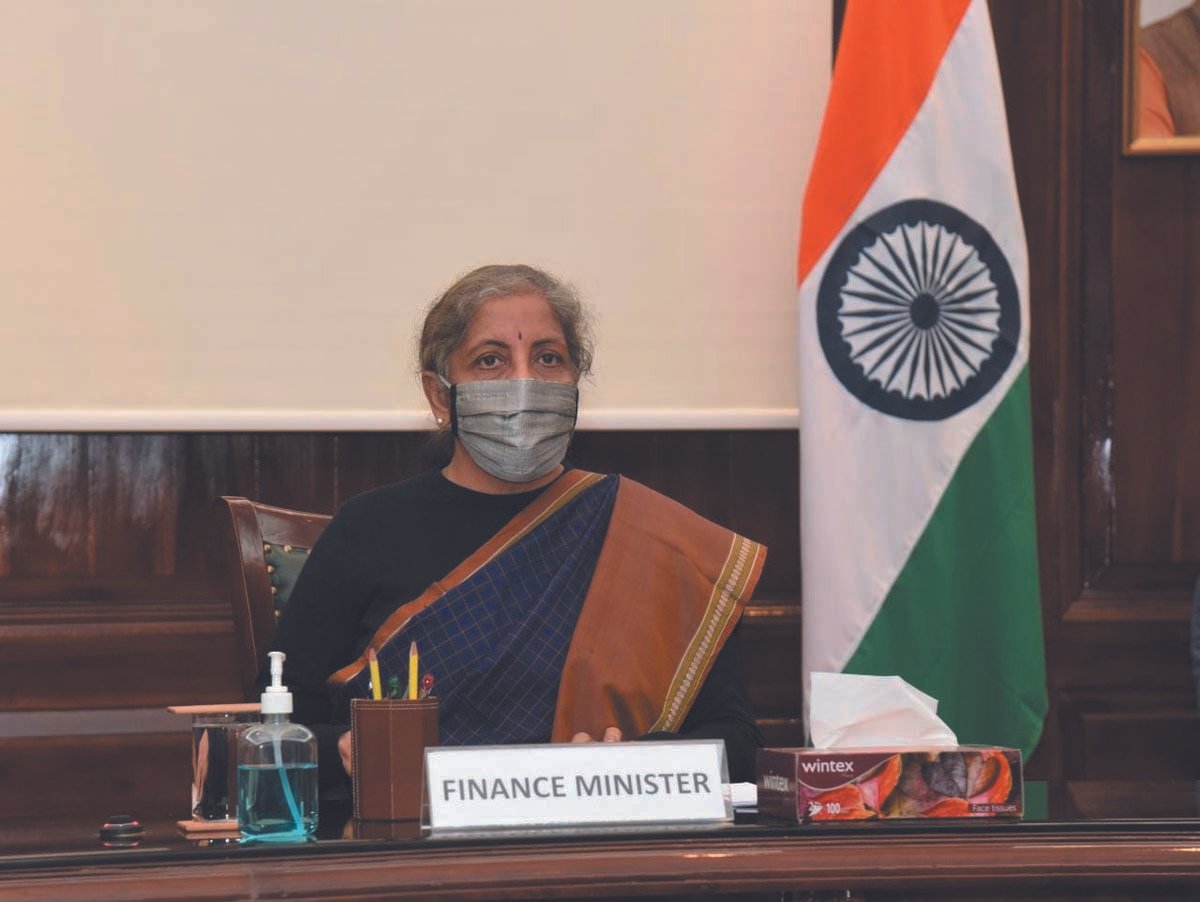
Report By
View Reporter News